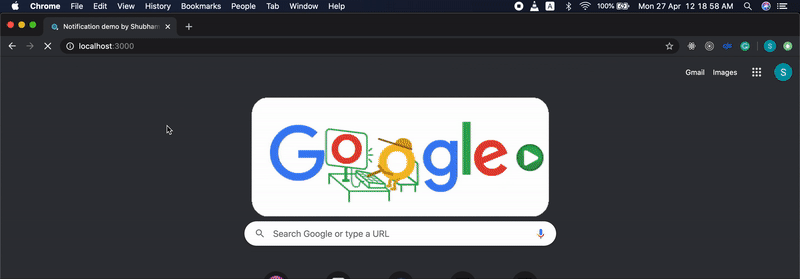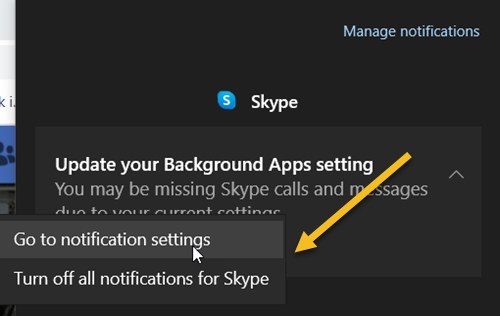

'denied' – users deny having the notifications.'granted' – users accept to receive the notifications.The permission can be one of the following string 'granted', 'denied', or 'default': This object has the requestPermission() method that returns a Promise, which resolves when the user takes an action on the permission dialog box: let permission = await Notification.requestPermission() Code language: JavaScript ( javascript ) To request notification permission, you use the Notification global object. If users don’t agree or refuse i.e., they ignore it, you can send a request for the notification permission again. And you have no second chance to request permission again. If users deny it explicitly, the browsers will remember the choice. When you request users for notification permission, they may agree or deny it. Second, only code that runs in a secure context (HTTPS) can send the notifications.First, users must explicitly agree to receive the notifications on a per-origin basis.Since the Notification API can be easy to abuse, it strictly enforces two security features by default:


The Notification API allows you to use JavaScript to display desktop notifications to the users. Summary: in this tutorial, you’ll learn how to use the JavaScript Notification API to show desktop notifications to the users.


 0 kommentar(er)
0 kommentar(er)
